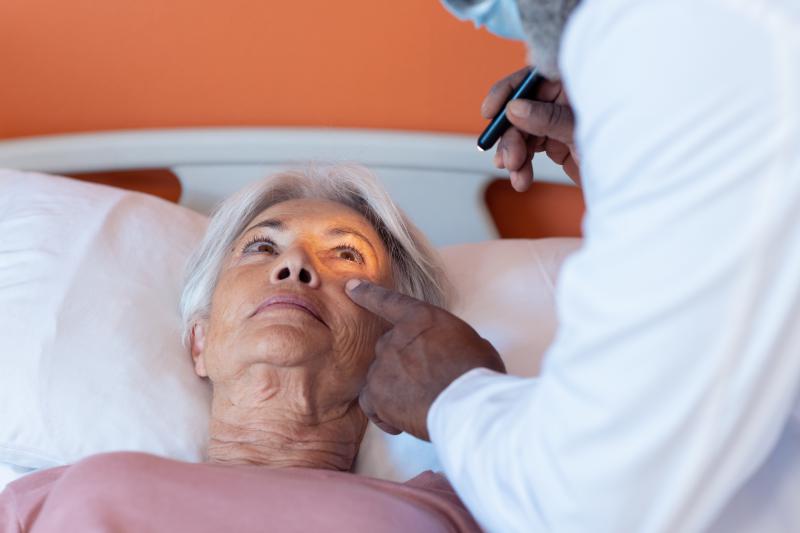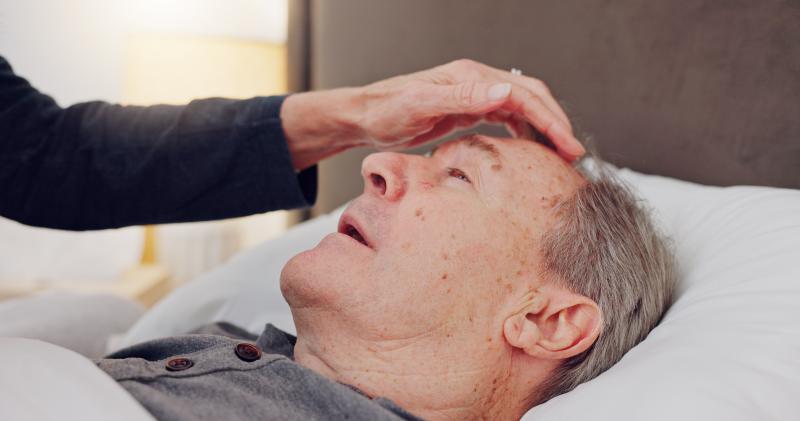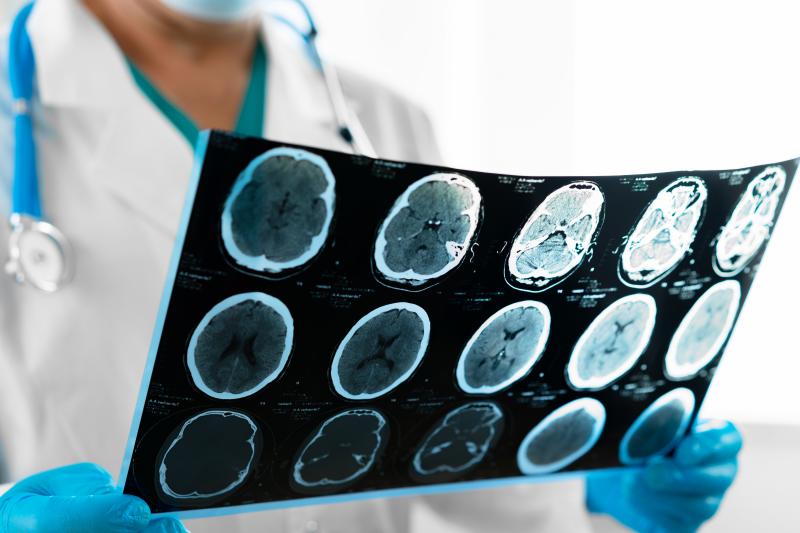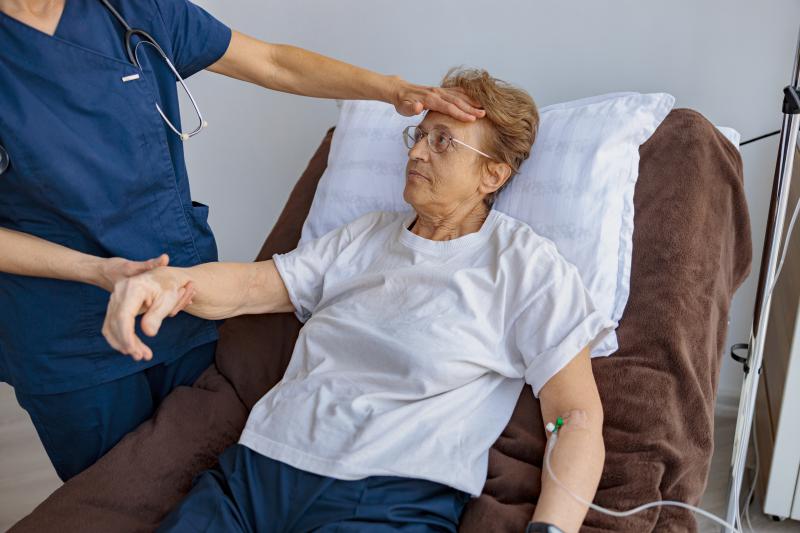Bio-degradable cards
Every card imaginable!
|
Bio-degradable cards Every card imaginable! Stroke Recurrence Risk Factors and Prevention Tips
Can a Stroke Happen Again? Understanding Stroke Recurrence and the RisksStroke survivors often experience anxiety about the possibility of a second stroke. This concern is not only valid but backed by statistics, making it a common question in post-stroke discussions. The risk of stroke recurrence is notably higher within the first year after the initial stroke, with approximately 10% of survivors experiencing another one. Over the long term, around 40% will have another stroke within a decade. Understanding why strokes recur involves examining the same risk factors that caused the first event. Conditions like high blood pressure, high cholesterol, atrial fibrillation, and diabetes often remain if not adequately managed. These conditions create an environment where another stroke becomes increasingly likely. High blood pressure, for example, is considered the most significant risk factor, as it directly damages blood vessels, increasing the likelihood of blockages or ruptures in the brain. The first stroke serves as a wake-up call. After this, the medical focus shifts to long-term prevention strategies. These strategies typically involve lifestyle changes such as diet and exercise, along with medical management of blood pressure, cholesterol, and other cardiovascular risks. For those recovering from a stroke, being proactive in managing these conditions is critical to reducing the risk of recurrence. The highest risk period for another stroke is within the first few weeks of recovery. This is when the brain is still vulnerable from the damage done, and any remaining or unaddressed risk factors might lead to further complications. For those recovering, this period is crucial for immediate medical interventions, careful monitoring, and strict adherence to treatment plans. Early diagnosis and treatment can prevent additional strokes, which is why regular follow-ups and medical reviews are vital. Another aspect of recurrence is linked to the type of stroke a person initially experienced. Ischaemic strokes, caused by blood clots, are the most common, accounting for around 85% of all strokes. These types of strokes are often related to lifestyle factors and manageable health conditions like hypertension and diabetes. Haemorrhagic strokes, though less common, are caused by a burst blood vessel in the brain and are associated with higher mortality and recurrence rates. Both types carry the risk of recurrence, but the treatments and preventive measures vary depending on the cause. For those who have had a stroke, the fear of a second event can dominate their recovery. This is where education and medical guidance are essential. By understanding the risk factors and how to mitigate them, stroke survivors can take control of their health and significantly lower the chance of recurrence. 
The Role of Blood Pressure in Stroke RecurrenceHigh blood pressure, or hypertension, is the leading cause of strokes and a significant factor in stroke recurrence. Managing blood pressure is one of the most crucial steps for stroke survivors, as uncontrolled hypertension damages blood vessels, making them more susceptible to blockages or ruptures. After a stroke, monitoring blood pressure becomes a daily routine for many survivors. This is especially true in the first few weeks post-stroke when the body is still healing, and blood vessels are more vulnerable. Blood pressure should be kept within a healthy range, which can vary depending on individual health conditions, but most medical professionals aim for a systolic pressure below 140 mm Hg for stroke prevention. To manage blood pressure effectively, stroke survivors are usually prescribed antihypertensive medications. These drugs work to lower the pressure in the arteries, reducing the strain on blood vessels. Diuretics, ACE inhibitors, beta-blockers, and calcium channel blockers are some of the common medications used. Each of these medications functions differently, but they all contribute to lowering the risk of another stroke. However, medication alone isn't always enough. Lifestyle changes are just as important in managing blood pressure. Reducing salt intake is one of the most effective dietary changes. Salt contributes to fluid retention, which raises blood pressure. By limiting processed foods and focusing on fresh ingredients, stroke survivors can significantly lower their sodium intake. Regular physical activity also plays a role in keeping blood pressure in check. Even light exercise, such as walking or swimming, can make a difference over time. Weight management is another key factor in controlling blood pressure. Excess weight puts additional strain on the heart and blood vessels, raising the risk of both high blood pressure and stroke. For stroke survivors, adopting a healthy, balanced diet and engaging in regular exercise can help them maintain a healthy weight and reduce their risk of recurrence. Stress management is often overlooked, but it is crucial for those managing blood pressure. Chronic stress can lead to spikes in blood pressure, increasing the risk of a stroke. Techniques like meditation, deep breathing exercises, and yoga can help individuals manage stress levels effectively. Combined with regular medical check-ups, these lifestyle changes can make a significant impact on reducing the risk of another stroke. 
Managing Diabetes and Cholesterol: A Dual Approach to Prevent Stroke RecurrenceFor stroke survivors with diabetes or high cholesterol, managing these conditions becomes a critical part of preventing another stroke. Diabetes affects the body’s ability to regulate blood sugar levels, which can damage blood vessels over time, making strokes more likely. Similarly, high cholesterol contributes to the build-up of fatty deposits in the arteries, leading to blockages that can cause a stroke. In people with diabetes, blood sugar control is key to preventing further damage to blood vessels. This involves regular monitoring of glucose levels, adherence to a healthy diet, and taking prescribed medications like insulin or metformin. A low-sugar, low-carbohydrate diet helps keep blood sugar levels stable, which in turn reduces the strain on blood vessels. Cholesterol management is equally important for stroke survivors. High levels of LDL (bad) cholesterol increase the risk of plaque build-up in the arteries, which can block blood flow to the brain. Statins are commonly prescribed to lower cholesterol levels and reduce the risk of plaque formation. These medications work by reducing the amount of cholesterol produced by the liver, helping to clear existing cholesterol from the blood. In addition to medications, lifestyle changes are essential in managing both diabetes and cholesterol. A diet rich in fruits, vegetables, whole grains, and lean proteins can help control blood sugar and cholesterol levels. Regular exercise also plays a significant role in managing these conditions, as it helps the body use insulin more effectively and lowers LDL cholesterol levels while raising HDL (good) cholesterol. Weight management is another important factor for stroke survivors with diabetes or high cholesterol. Being overweight or obese increases the risk of both conditions, so maintaining a healthy weight through diet and exercise is crucial. Losing even a small amount of weight can have a significant impact on reducing the risk of stroke recurrence. Regular medical check-ups are vital for managing diabetes and cholesterol. Blood tests to monitor glucose levels, cholesterol, and other markers help ensure that these conditions are under control. By working closely with their healthcare team, stroke survivors can reduce their risk of another stroke and improve their overall health. 
How Lifestyle Changes Can Help Reduce Stroke RiskFor stroke survivors, lifestyle changes are a key component of reducing the risk of another stroke. While medical treatments and medications are important, adopting healthy habits can make a significant difference in long-term stroke prevention. Diet is one of the most important factors in stroke prevention. A diet high in fruits, vegetables, whole grains, and lean proteins helps reduce the risk of conditions like high blood pressure, diabetes, and high cholesterol, which are all major contributors to stroke. Limiting salt, sugar, and unhealthy fats is also crucial for managing these conditions and reducing stroke risk. Exercise is another essential part of stroke prevention. Regular physical activity helps lower blood pressure, improve cholesterol levels, and maintain a healthy weight. For stroke survivors, even light to moderate exercise can have a significant impact on overall health. Walking, swimming, and cycling are all great options for maintaining cardiovascular health and reducing the risk of another stroke. Smoking is a major risk factor for stroke, and quitting smoking is one of the most effective ways to reduce the risk of another stroke. Smoking damages blood vessels and increases the likelihood of blood clots, both of which contribute to stroke risk. For stroke survivors who smoke, quitting can be a life-saving decision. Alcohol consumption should also be limited to reduce the risk of stroke. While moderate alcohol consumption has been shown to have some cardiovascular benefits, excessive drinking can raise blood pressure and contribute to other health conditions that increase stroke risk. Stroke survivors should aim to drink within the recommended guidelines and avoid excessive alcohol consumption. Stress management is another important aspect of stroke prevention. Chronic stress can raise blood pressure and contribute to unhealthy behaviours like smoking and overeating, both of which increase the risk of stroke. Finding ways to manage stress, such as through relaxation techniques, meditation, or yoga, can help stroke survivors reduce their risk of another stroke. 
The Role of Medication and Follow-Up Care in Stroke PreventionFor stroke survivors, medication plays a crucial role in reducing the risk of recurrence. Blood pressure medications, cholesterol-lowering drugs, and blood thinners are commonly prescribed to manage the conditions that contribute to stroke risk. It’s important for stroke survivors to take these medications as prescribed and attend regular follow-up appointments with their healthcare team. Blood pressure medications help reduce the strain on blood vessels, lowering the risk of blockages or ruptures that can lead to another stroke. Diuretics, ACE inhibitors, beta-blockers, and calcium channel blockers are some of the common medications used to manage blood pressure. These medications work by relaxing blood vessels, reducing the volume of blood, or slowing the heart rate, all of which help lower blood pressure. Cholesterol-lowering medications, such as statins, are used to reduce the amount of cholesterol in the blood, which can help prevent the build-up of plaque in the arteries. Statins are particularly important for stroke survivors with high cholesterol, as they help reduce the risk of blockages that can lead to a stroke. Blood thinners, or anticoagulants, are often prescribed to stroke survivors to prevent blood clots from forming. These medications, such as aspirin or 
© 2024 The Card Project Uk Ltd
VAT: 453 2087 06
|